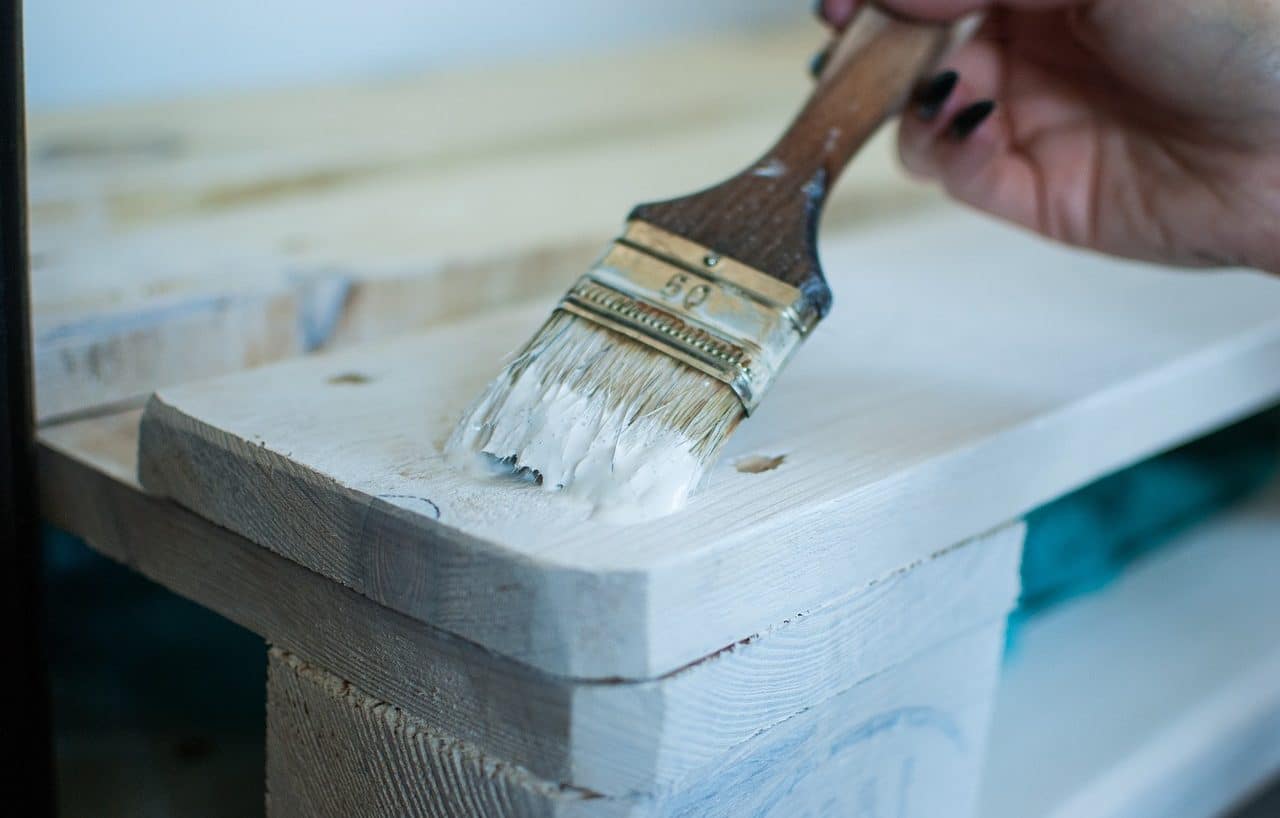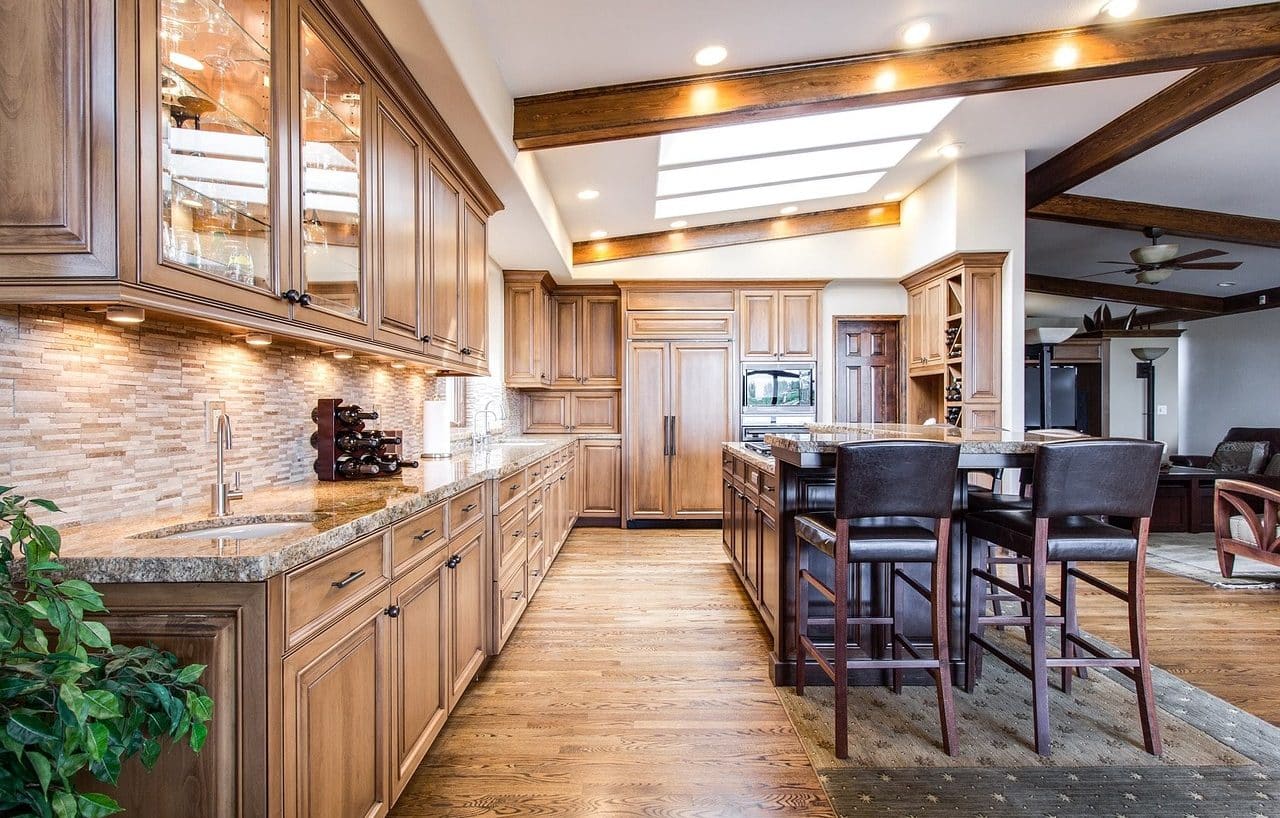
A patina is a varnish or other layer that covers something.
Pátina is a concept that derives from patina , a Latin word that can be translated as “plate.” The notion refers to a type of varnish that, from humidity , is created on certain surfaces and covers them. Its etymological origin is due to the varnish that coated dishes in ancient times.
Patina, therefore, can be a certain varnish or any layer that covers something. For example: “With this patina, the table will be more protected and the wood will remain intact for longer,” “The work is not ready yet: it still needs a varnish patina,” “You can't even see the original color of the floor.” : a patina of dust and grime covers the surface .
In the case of copper and some of its alloys, patina appears naturally over time due to the corrosion of the material. The metal, through the action of various environmental components, gradually returns to its natural mineral condition. In this process, a kind of film of salts is formed, which is known as patina.
Patina of a piece of furniture
Patina can be applied to a piece of furniture once it is built to improve its appearance , giving it softness while making it appear older, something that many people find very attractive to the eye. It is worth mentioning that patination works for both wood and wrought iron or iron, among other materials.
Another objective of applying patina to a piece of furniture is to highlight its moldings and carvings by darkening the recessed parts and illuminating the protruding parts; This enriches the textures regardless of the quality of the base material. Likewise, the patina helps hide flaws and imperfections, both in the material and the work.
To carry out the patination of a piece of furniture, you need one measure of linseed oil for every three of turpentine or turpentine, which forms a liquid called glaze , which is used to dissolve the other elements on the list: earth pigment or oil of the desired color .
When choosing the color, special attention should be paid, since the ideal is for it to contrast with the finish; For example, in the case of furniture that has already been painted, a tone of oil similar to the original although slightly darker is recommended. Furthermore, so that the patina does not drag the paint or varnish, it is essential that the furniture is completely dry.

It is common for a patina to be applied to furniture.
Steps for application
The steps to apply the patina are as follows:
- Mix the color material (earth pigment or oil) with the linseed oil and dilute it with turpentine or turpentine to achieve a lighter consistency.
- Use a soft brush to spread the mixture over the furniture. If the surface is very large, it is advisable to work in parts.
- To achieve a naturally aged look, it is advisable to apply more coats on the moldings and recesses.
- Remove excess patina using a clean cotton cloth, mainly in flat regions.
- Use a dry brush to achieve a blurring effect, extending the patina towards the corners .
- Let dry.
Other uses of the term patina
In engines , patina is a combination of oxides that is used to protect the commutator or collector.
If the term is accented on the "I" ( skate ), finally, it is a conjugation of the verb to skate (to move on the ground due to its slippery conditions or thanks to the use of wheels): “Look how Lucrecia skates! ” , “The rink where the Olympic athlete skates will remain closed for two months for repairs.”
